Western Oak Woods
If you gave me a a choice to go in photograph birds in any woodland in the UK, the is one type that stands way above the rest. The Western Oak Wood in Spring. These wonderful ancient places with their twisted sessile oaks shrouded in moss and lichens explode in to life for a short period with the arrival and breeding of the three typical summer migrant bird visitors. As you sit in one of these woods, apart from being chewed by the local insects, you can almost feel the place vibrate with the frantic bird activity. The three birds are in my opinion some of the most beautiful small birds to regularly visit the UK and to have them all present in on place is particularly special.
The first of the trio, the Wood Warbler, is probably the most diffcult to photograph as it tends to favour the high tree canopy where it continually bursts in to atmospheric accelerating trill which is then followed by descending mournful notes. Aptly named as one of the group of 'leaf warblers'.
Occasionally you will come across a more obliging bird that comes lower down.
On these occasions the birds always seem to be slightly inquisitive.
It is the males of the next species, the Pied Flycatcher, which often catch the eye as a tiny monochrome bird drops from the tree to the ground to grab a caterpillar.
From my experience the male birds are generally easier to photograph and tend to sit in a spot longer than the females. A shaft on sunlight breaking through the leaves overhead just spotlit where this male was perched.
Another male on a typically moss covered fallen branch
The female is less striking with her brown colours but still a visually appealing bird with those large eyes.
The final bird of the trio, the Common Redstart, is a bird for which I have a great deal of affection. I have spent a great many hour photographing them, the results of which has built in to a very large library of images. However, I can never grow tired of photographing this species. They are surprising similar to a robin but with a constantly flicking red tail which is often the most obvious feature when one flies past.
A female taking a short break from nest sitting duty as revealed by her ruffled belly feathers.
The male with his superb combination of colour. A brilliant white forehead, set in black leading in to a slate grey back and red tail. When you first see a male up close for the first time through the lens it makes you stop in you tracks.
The males are also quite inquisitive if they suspect you are there but cannot see you.
I cannot think of better way of spending the days of May than in such fine company and wonderful surroundings and I am sure next May will see me turning the camera towards these species once more.
Thursday, May 27, 2010
Subscribe to:
Post Comments (Atom)

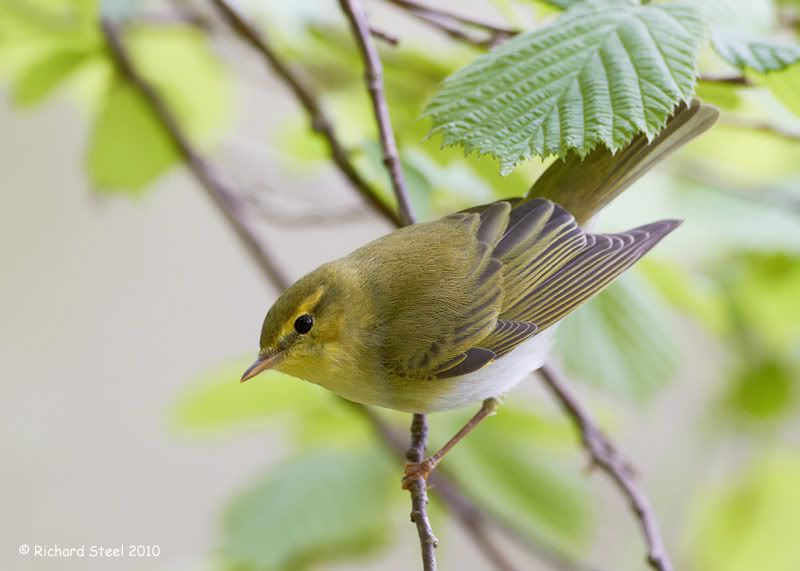
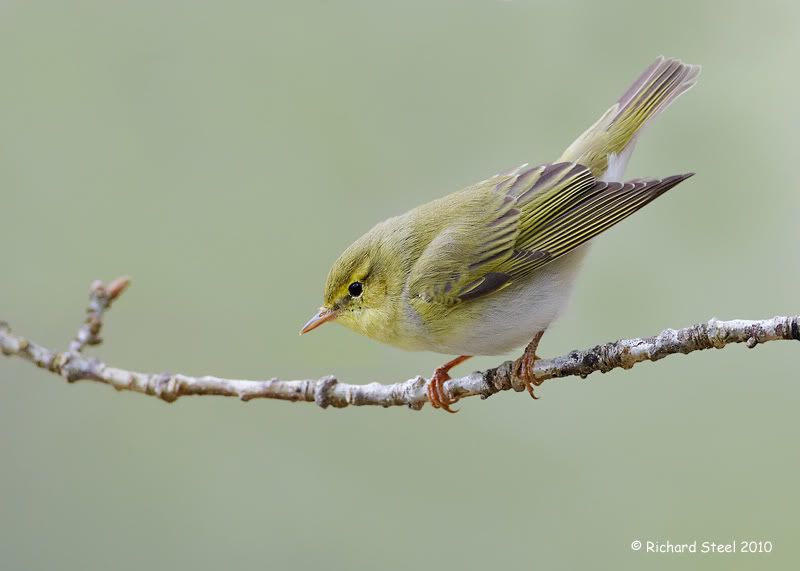
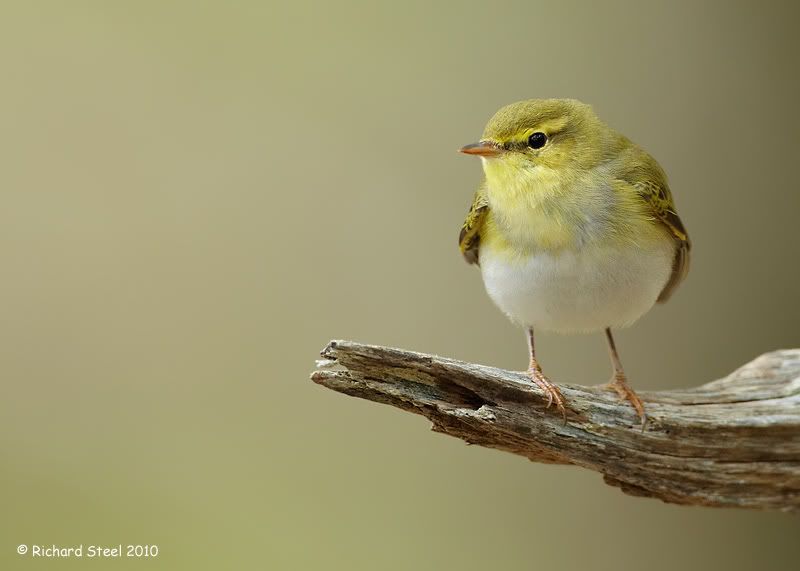
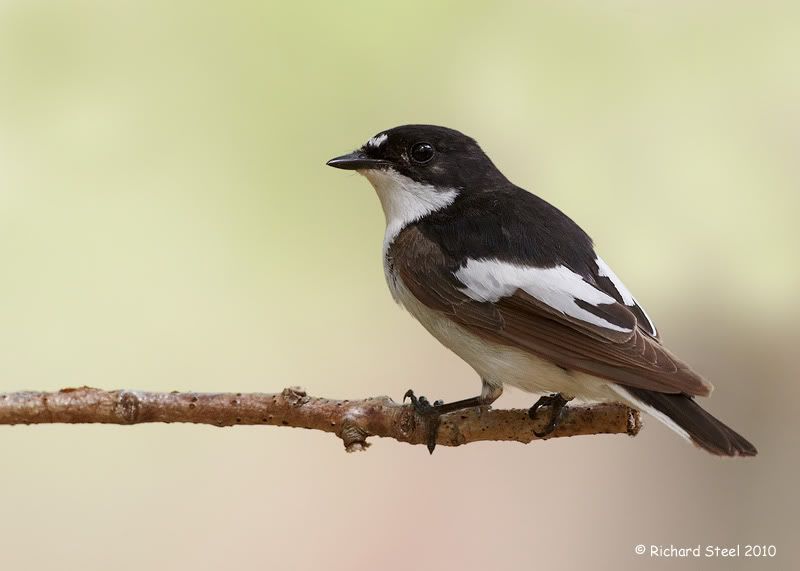
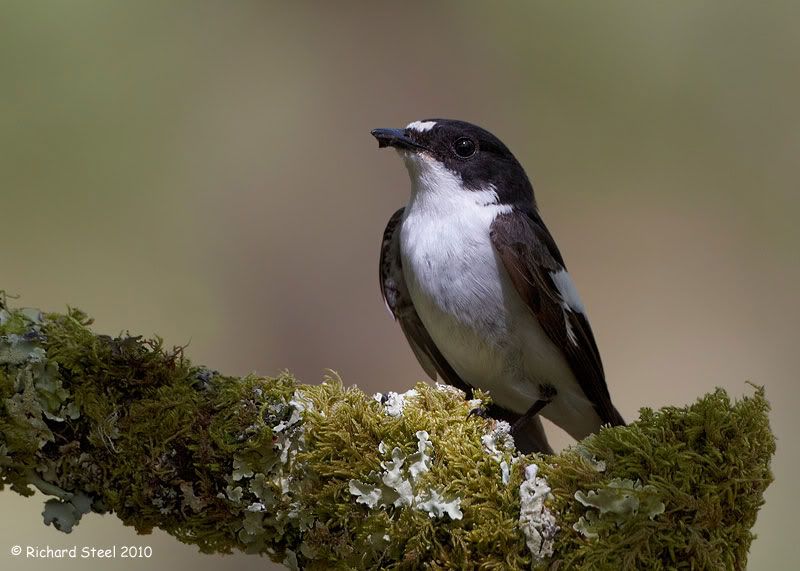
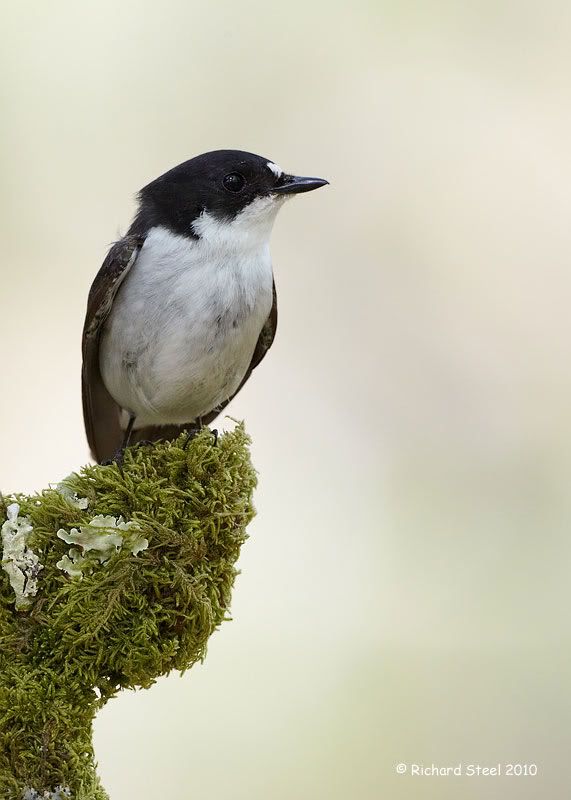
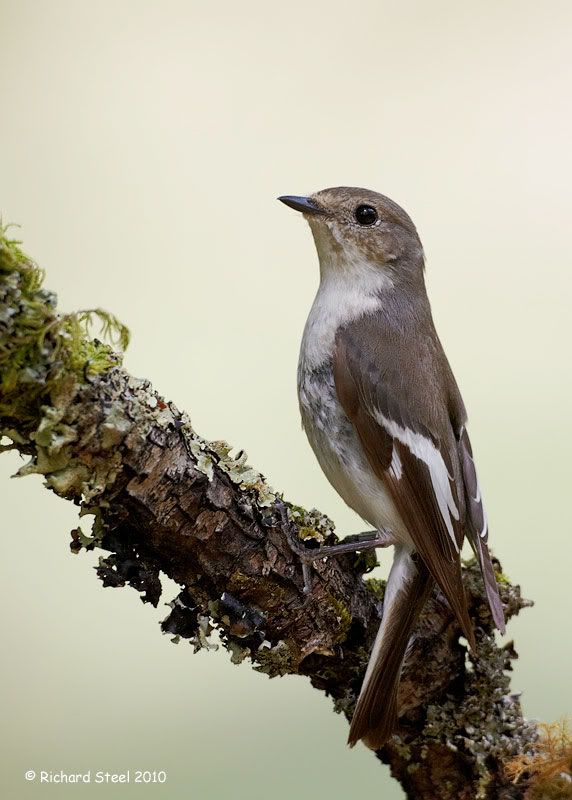
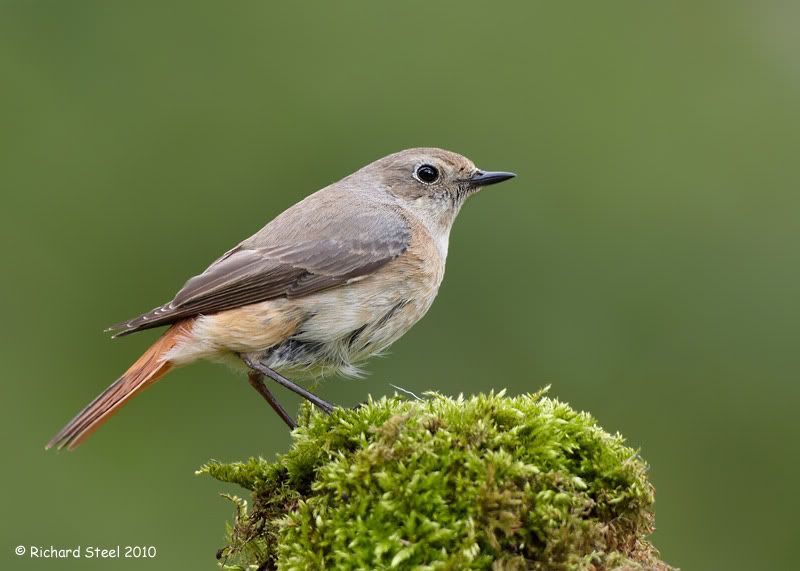
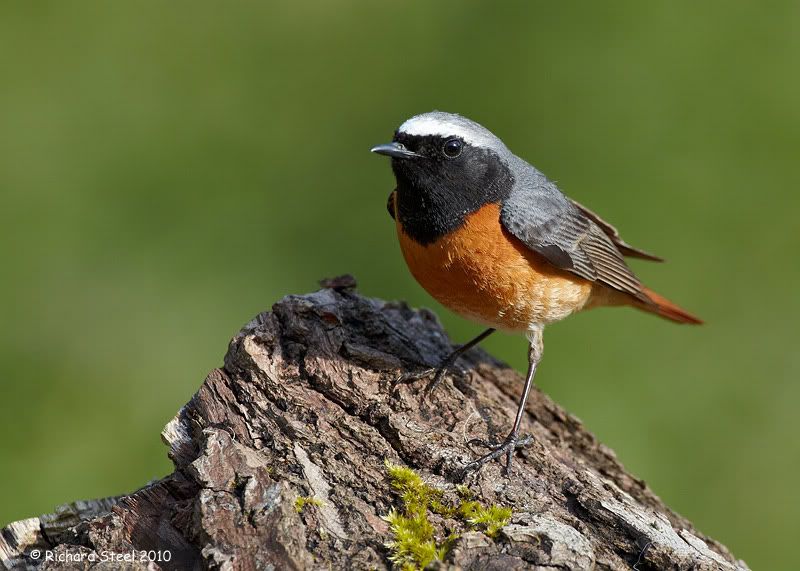
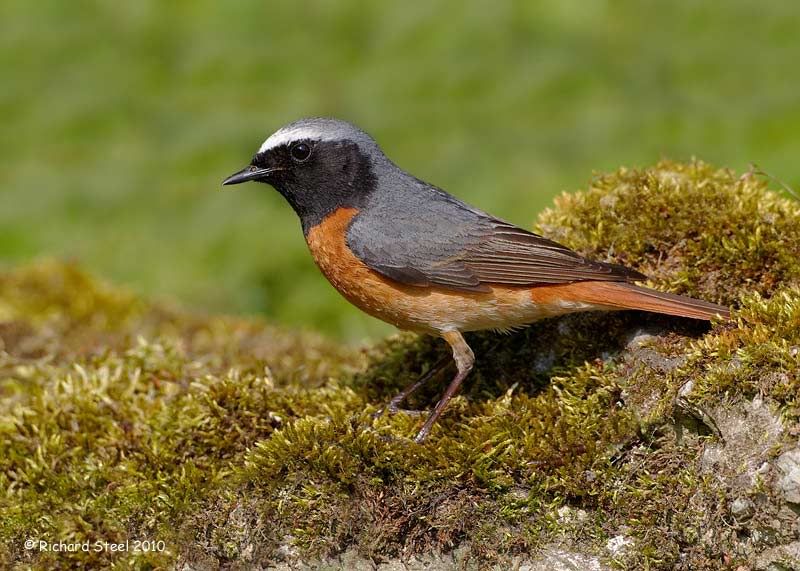
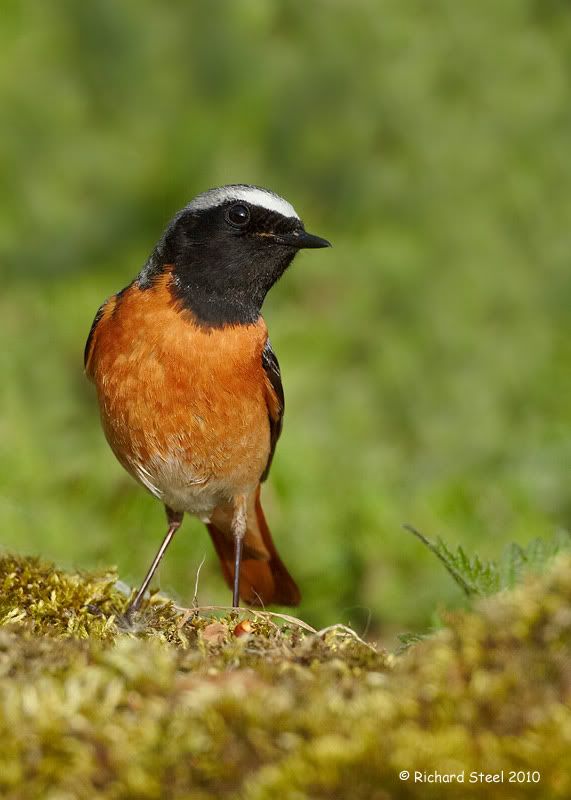












8 comments:
Fantastic images here Richard. Love the details.
Regards,
Angad
Hi Rich, stunning photos as usual, how do you achieve such bright images in what I guess is a shaded woodland setting?
Gary
amazing series of photos! well done!
Brillaint stuff Richard - these are becoming your trademark photo species!
Continually stellar work! This is one of my absolute favorite blogs that I follow. Keep up the terrific work.
Genius - as ever.
Amazing photography,what a gift.
John.
Thanks for the kind words.
Gary for light in the woodland, its just a question for looking where there is some but it does rapidly change and expect to be constantly changing the camera settings.
Cheers
Rich
Post a Comment